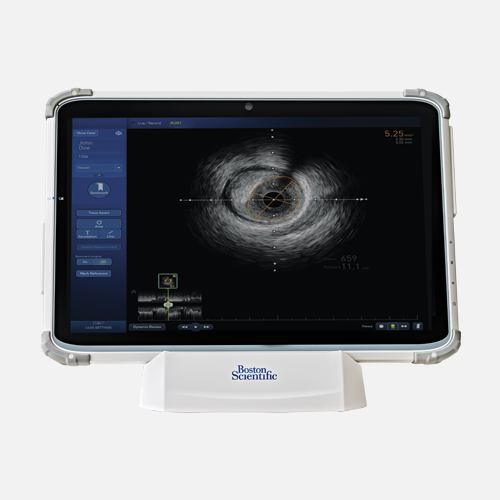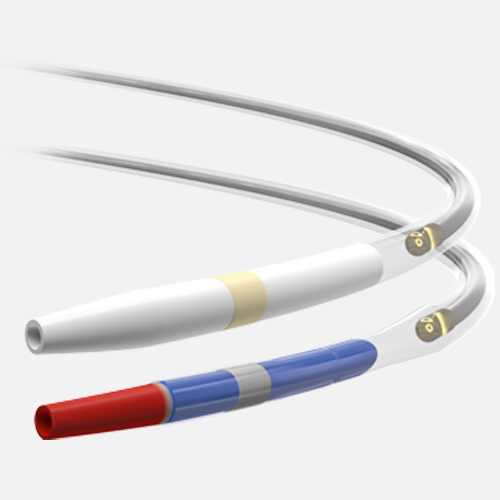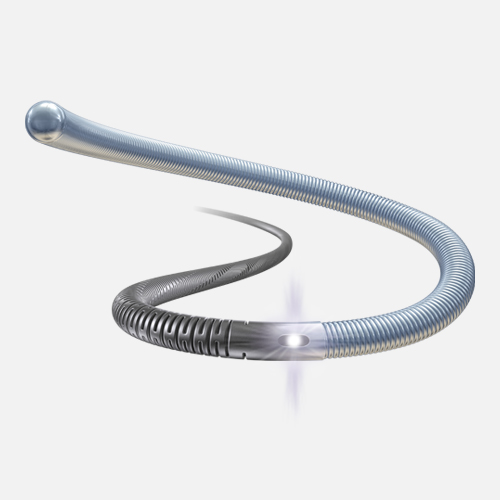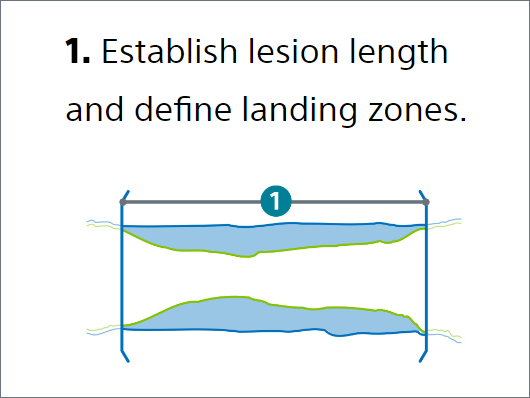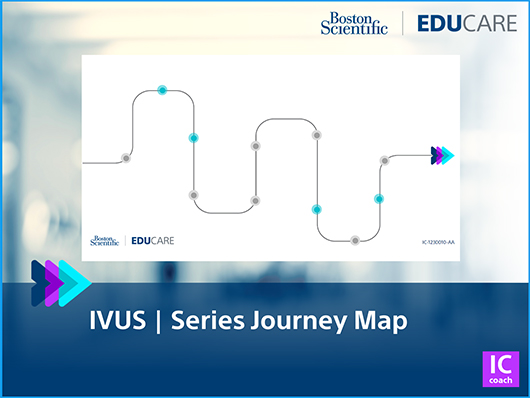Get inside knowledge of coronary arteries with state-of-the art imaging
No more flying blind outside the arterial walls. Unlike coronary angiography, intravascular ultrasound (IVUS) gives you inside knowledge of coronary arteries. Assess plaque type and severity with PCI guidance tools that eliminate guesswork. The result: clearer treatment decisions, fewer future complications, and the best long-term outcomes.
